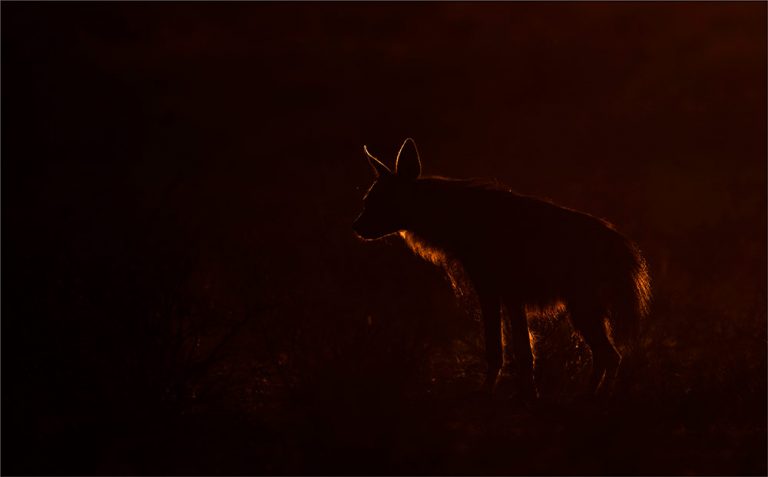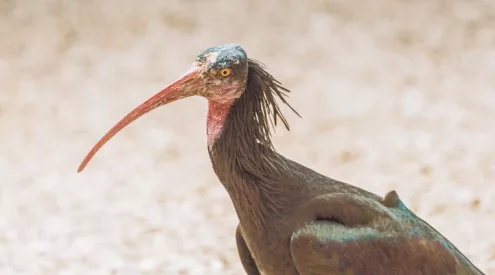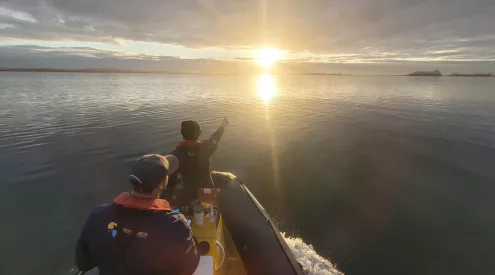The !Ae!Hai Kalahari Heritage Park has just been designated as an International Dark Sky Area to preserve cultural tradition and animal conservation.
The park, a portion of the Kgalagadi’s 38,000 square kilometres, was created in 2002 through a land claim awarded to the ǂKhomani San and Mier peoples, comprising 50,000 hectares of remote, unspoiled, semi-desert savannah, much of which is ancestral land.
‘Astro-tourism has been identified as a particular growth area within the Northern Cape Province, South Africa where the geography, climate and existence of limited infrastructure provide an ideal environment for astronomy’ said Terance Fife, Chairman of the Joint Management Board of the !Ae!Hai Kalahari Heritage Park.

Image: Logan Weavind
Currently the !Xaus Lodge is the only place in the heritage park to have a permanent lighting system. The air and sky is very nearly free of pollutants, especially light pollution.
Dark-sky reserves are commonly situated near observatories to avoid disturbance from unnatural light sources, but are based in some protected areas for cultural and environmental reasons.
The Kalahari park was recognised as a contender for this protective status as it’s known to have one of the world’s darkest skies, which makes it ideal for seeing the stars, no doubt a sought-after destination for astrophotographers. On a scale of darkness, however, the Sky Quality Meter (SKM) with 22 signifying the darkest it gets, the !Xaus Lodge and surrounds score an average reading of 21.6.
This new international designation will honour indigenous custom, as the sky is of great spiritual and cultural significance to the ǂKhomani San, descendants of one of the ‘First People’ clans. Their culture is teeming with folklore centred on the heavens, with tales about the sun, moon, stars and entire galaxies. The International Dark Sky Association (IDA) based in Tuscon, Arizona, believes this measure to be a ‘cultural imperative’ to preserve the ǂKhomani San’s traditions.

Geo Jooste snapped this brown hyena just before sunrise near Rooiputs in the Kgalagadi Transfrontier Park.
As some animals are nocturnal and hide from the heat, only becoming active at night, light pollution disrupts their way of life, making dark skies yet another imperative for conservation causes.
Currently the NamibRand Nature Reserve is the only other International Dark Sky Area on the continent.
‘The addition of the !Ae!Hai Kalahari Heritage Park as a formally-registered International Dark Sky Sanctuary will promote conservation awareness, particularly in the area of light pollution and methods of mitigation,’ Fife continued. ‘In so doing it will act as a draw-card for astro-tourism to the remote Kalahari region and provide further substance, through rural job creation and other economic activity, to this important asset owned by the ǂKhomani San and Mier communities.’
Images by Logan Weavind and Geo Jooste / Getaway Gallery

















